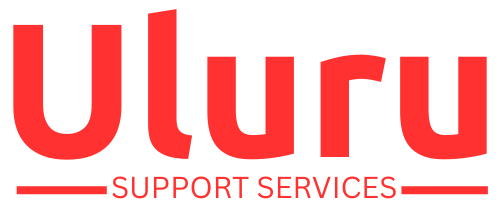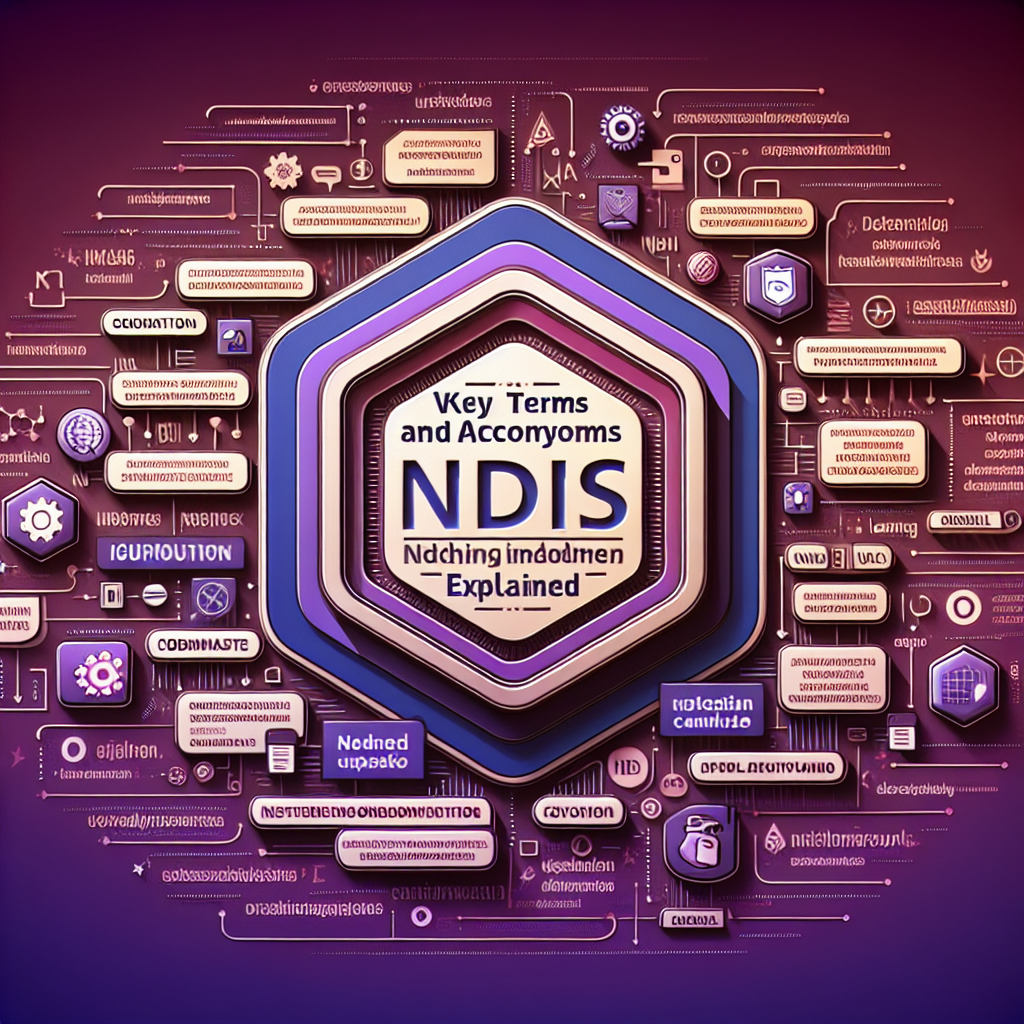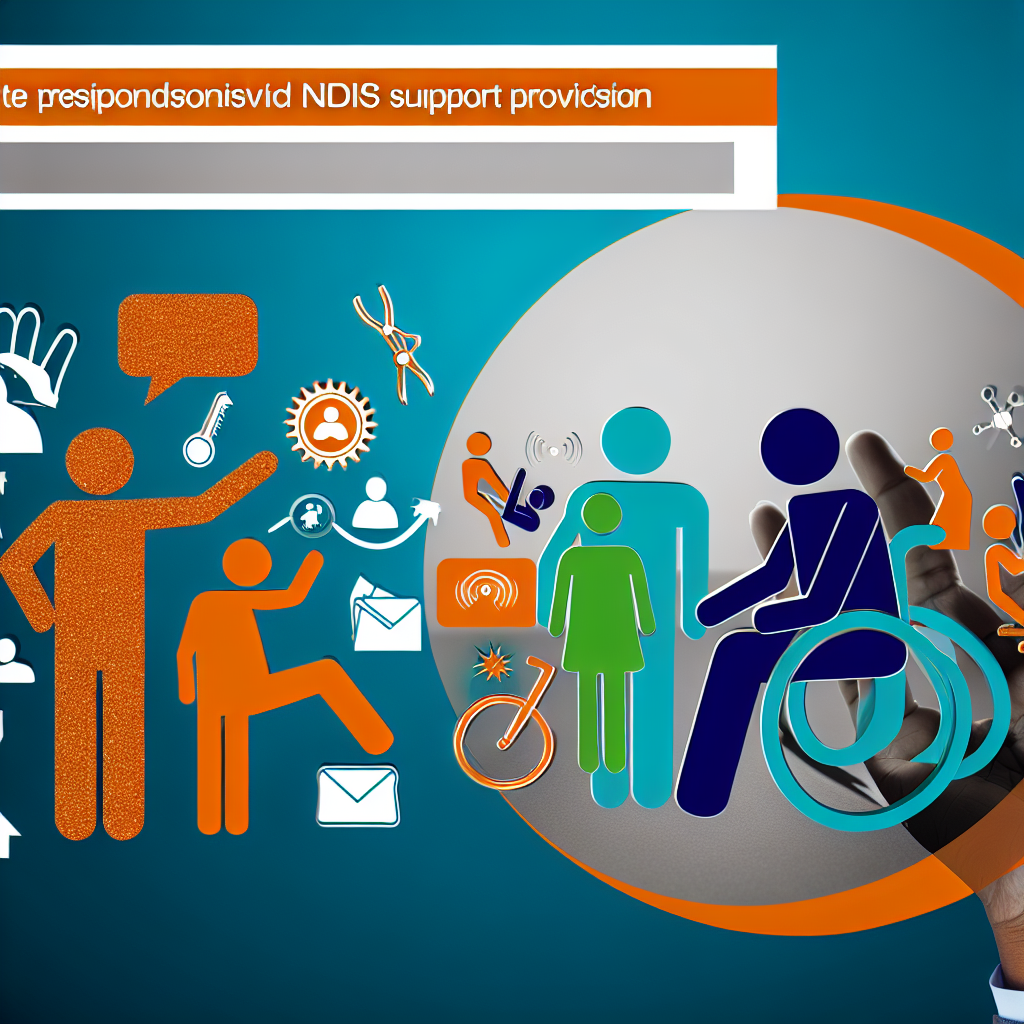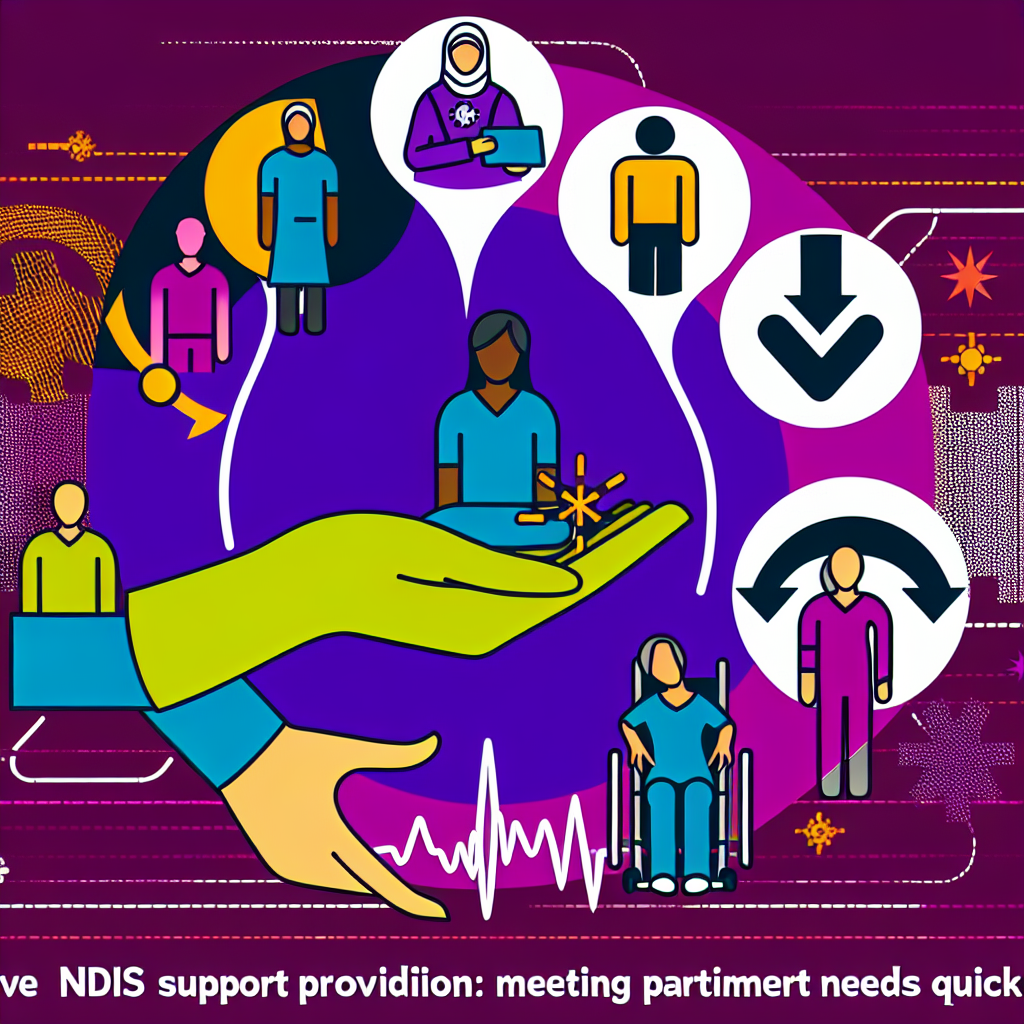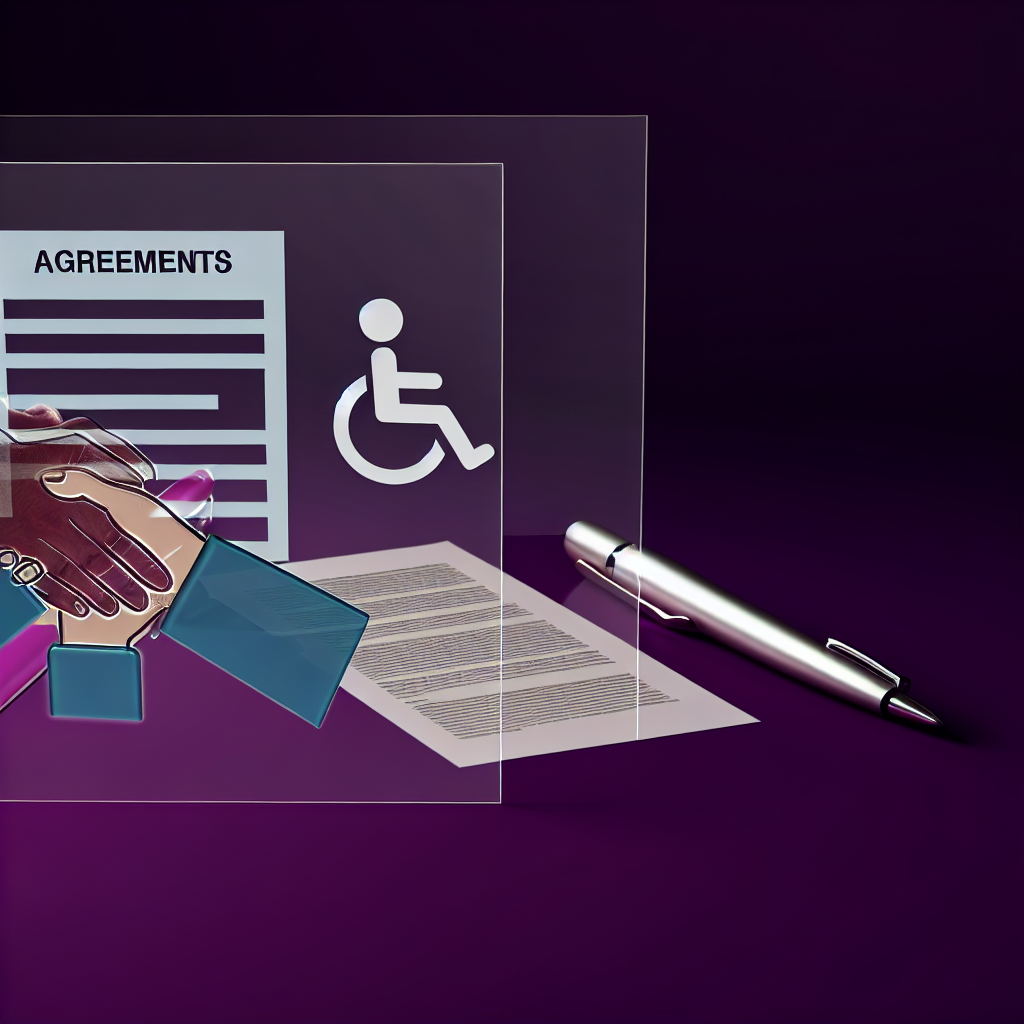Key Terms and Acronyms in the NDIS Explained
The National Disability Insurance Scheme (NDIS) is an essential part of Australia’s social services landscape, designed to provide support to eligible people with intellectual, physical, sensory, cognitive, and psychosocial disabilities. Navigating the NDIS can be complex, especially with the numerous terms and acronyms used within the system. This blog post aims to demystify these key terms and acronyms, making the NDIS more accessible and understandable for everyone involved.
What is the NDIS?
The NDIS is a government initiative that aims to provide support for Australians with disabilities, their families, and caregivers. Introduced in 2013, the NDIS changes the way individuals with disabilities receive support, focusing on providing funding directly to participants to enhance their quality of life, independence, and social participation.
Understanding NDIS Acronyms
Given the complexity of the NDIS, it’s crucial to understand the various acronyms used. Below, we explain some of the most commonly encountered terms in the NDIS system.
Key NDIS Terms and Acronyms Explained
-
NDIA: National Disability Insurance Agency
The NDIA is the government body responsible for implementing the NDIS across Australia. It oversees the delivery and administration of the scheme, ensuring accountability and efficiency in providing support services to participants.
-
Participant
A participant is an individual who has been deemed eligible for the NDIS. Participants receive funding based on their specific needs and goals, allowing them to choose the services and supports that best uplift their living standards and independence.
-
Plan
Each NDIS participant has a personalized plan detailing the objectives they aim to achieve with their funding. This plan outlines the supports required and the budget allocated to meet their personal goals.
-
LAC: Local Area Coordinator
LACs are pivotal in the roll-out of the NDIS. They assist participants in accessing the NDIS, understanding their plans, and connecting with community services and mainstream support networks. LACs are critical in making the scheme accessible and functional for participants.
-
Support Coordinator
A Support Coordinator helps participants understand and implement their plans. They are more involved than LACs, providing tailored assistance to manage service deliveries and achieve plan goals.
-
R&N: Reasonable and Necessary
This term refers to the criteria that supports and services must meet to be funded by the NDIS. Supports are considered reasonable and necessary if they are related to the participant’s disability, represent value for money, and assist in achieving the participant’s goals.
-
ISEP: Information, Linkages, and Capacity Building
The ISEP framework focuses on building the capacity of people with disabilities by connecting them with community and mainstream resources. It prioritizes inclusion and supports individuals outside of the core NDIS funding.
How the NDIS Benefits Participants
The NDIS is transformational for many Australians, providing control and flexibility to people with disabilities. By understanding key terms and acronyms, participants can better navigate the system and maximize their entitlements. Empowerment through knowledge allows for better planning and use of resources, ultimately fostering greater independence and inclusion.
Examples of NDIS Supports
Participants often use their NDIS funding for a range of supports, including:
- Personal Care: Assistance with daily tasks, such as dressing, bathing, or eating.
- Therapeutic Supports: Services provided by therapists like speech pathologists, occupational therapists, or psychologists to improve daily functioning.
- Transport: Funding for transport services that help participants access the community more easily.
- Social Participation: Programs designed to support social inclusion, such as group activities and community engagement programs.
Conclusion: Navigating the NDIS with Confidence
Understanding the key terms and acronyms in the NDIS is crucial for participants, caregivers, and anyone involved in supporting people with disabilities. By familiarizing ourselves with these terms, we can navigate the system more effectively and ensure those in need receive the support they deserve.
The NDIS is a bold move towards a more inclusive Australia, offering tailored support to individuals based on their specific needs. As with any complex system, staying informed and engaged is essential for making the most of what the NDIS has to offer.
